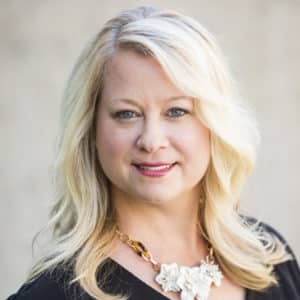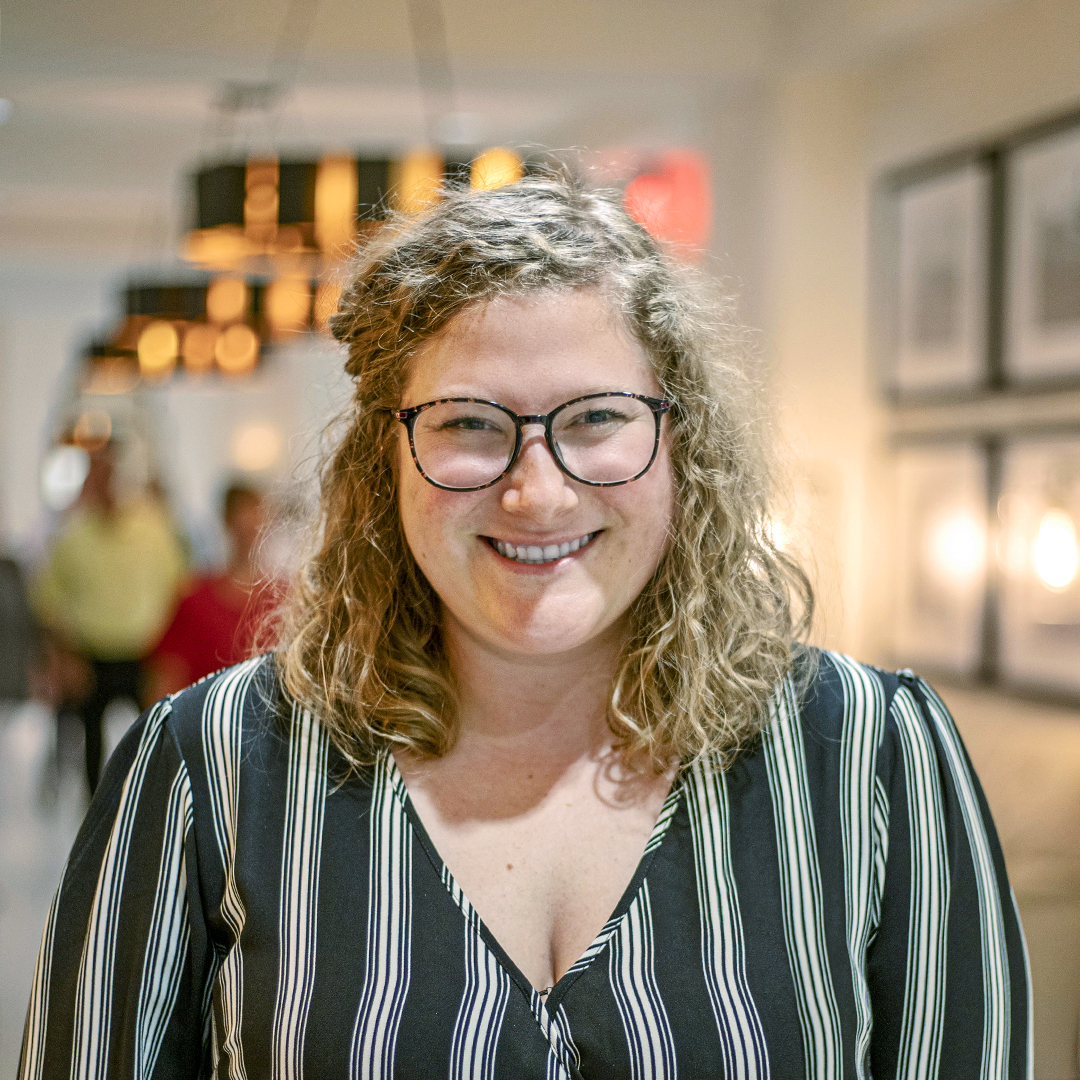|
Getting your Trinity Audio player ready...
|
Julie Kilpatrick spent twenty years acting as the third-party consultant for construction and development projects for Fortune 500 companies of all kinds, delivering best-in-class service to the carefully cultivated list of high-profile clients in Chicago, Indianapolis, and the southwest before returning home to sunny San Diego at the end of 2014.

Kilpatrick was lucky to maintain a stable of steady clients, a relative miracle in the building space, but she was continually finding new ways to reinvent the wheel for other one-and-done clients without being able to view the long-term benefits of these companies she was helping grow.
“It was fun to effect change and deliver successful projects, but the clients would then move on, and I didn’t feel like I was able to have that ability to have an impact from the management or organizational perspective,” Kilpatrick says. That is, until one of her clients asked if she’d be interested in moving to the owner’s side of real estate.
The University of California San Diego was in the midst of a massive $2 billion revitalization project of its Hillcrest Medical Center Campus along with other campus additions. For Kilpatrick, it was the chance to not only see the benefits of her labor play out, but to do so on a truly transformational scale. “A revitalization project of this scale is truly unique, and being a San Diego native, I am excited about the opportunity in my own backyard to stick around for the next decade or so to see the fruits of our labor for these long-term projects,” she says.

Revitalization and Real Estate
As director of real estate, acquisitions, and P3 development, Kilpatrick has moved from juggling a dozen clients at any given time to managing stakeholder relationships and partnerships that are likely three times that. “These are all transformation projects that involve a multitude of campus departments and end users, so stakeholder communication and management is essential to what I do on these projects,” Kilpatrick explains. “It sometimes feels like air traffic control, but my previous roles have really set me up well to serve this wider net of the university and all the various stakeholders whom we answer to.”
The director was tasked with a two-fold mandate upon her arrival. First, to acquire properties for the support of the Hillcrest medical campus redevelopment project. The five-phase project involves the construction of a new hospital facility, the previous having been constructed in the early sixties. This acquisition of a number of properties was crucial to ensure the implementation of phase one of the Long Range Development Plan commenced on time.

Second, Kilpatrick is further responsible for the extensive public-private partnerships for off-campus buildings used by the academic departments that have defined need for space during the lengthy construction phase.
“It’s important that UCSD preserves its capital balance sheet and borrowing capacity in order to maintain the aggressive growth plan for student enrollment, so these partnerships are vital to the overall campus transformation strategy,” Kilpatrick explains. The Science Research Park on UCSD’s east campus includes at least 850,000 square feet of potential new development for research-based, clinical, and lab spaces to be used by companies aligning with the university. These cohabitation partnerships nurture affiliation with departments, professors, and student programs.
The End User in Mind
While navigating the sea of stakeholders can provide continual challenges, Kilpatrick says she’s always able to keep the eventual end users of her spaces foremost in her mind. “These are the people that will be living and breathing in these buildings doing their life’s greatest work,” the director says. “I take that very seriously. These professionals are doing amazing things: cancer research, technological innovations, and are often in partnership with well-known contributors to their field of study like Google Maps. It’s so exciting to not only learn about their work, but to support it in invaluable ways, by developing a building for them to live, work, or learn.”

The additional bonus of Kilpatrick’s former roles is that she’s now able to partner with former colleagues at JLL to support UCSD’s incredible expansion. The director is now able to see just how much she can impact an organization that’s doing groundbreaking work in her hometown. “This has really just been a perfect alignment of the stars,” Kilpatrick says. Or in this case, the best of both worlds.
Make Room
Julie Kilpatrick has often existed in a design and construction world where she found herself to be the only woman in the room. “While that’s how it’s always been, I’ve never found it to be a detriment to going to work every day,” Kilpatrick says. “Being a unique person at the table, I feel like playing critical roles on projects and really upholding project executive roles allowed my work and project successes to speak for themselves day in and day out.”
But the director takes her mentorship of future female leaders incredibly seriously. From mentoring opportunities at JLL (including being invited to attend to the inaugural, highly selective JLL Women’s Summit) to more informal mentoring of women on staff at UCSD, Kilpatrick is intent on making sure capable and intelligent women are supported to become future leaders of large-scale, high-profile projects.


